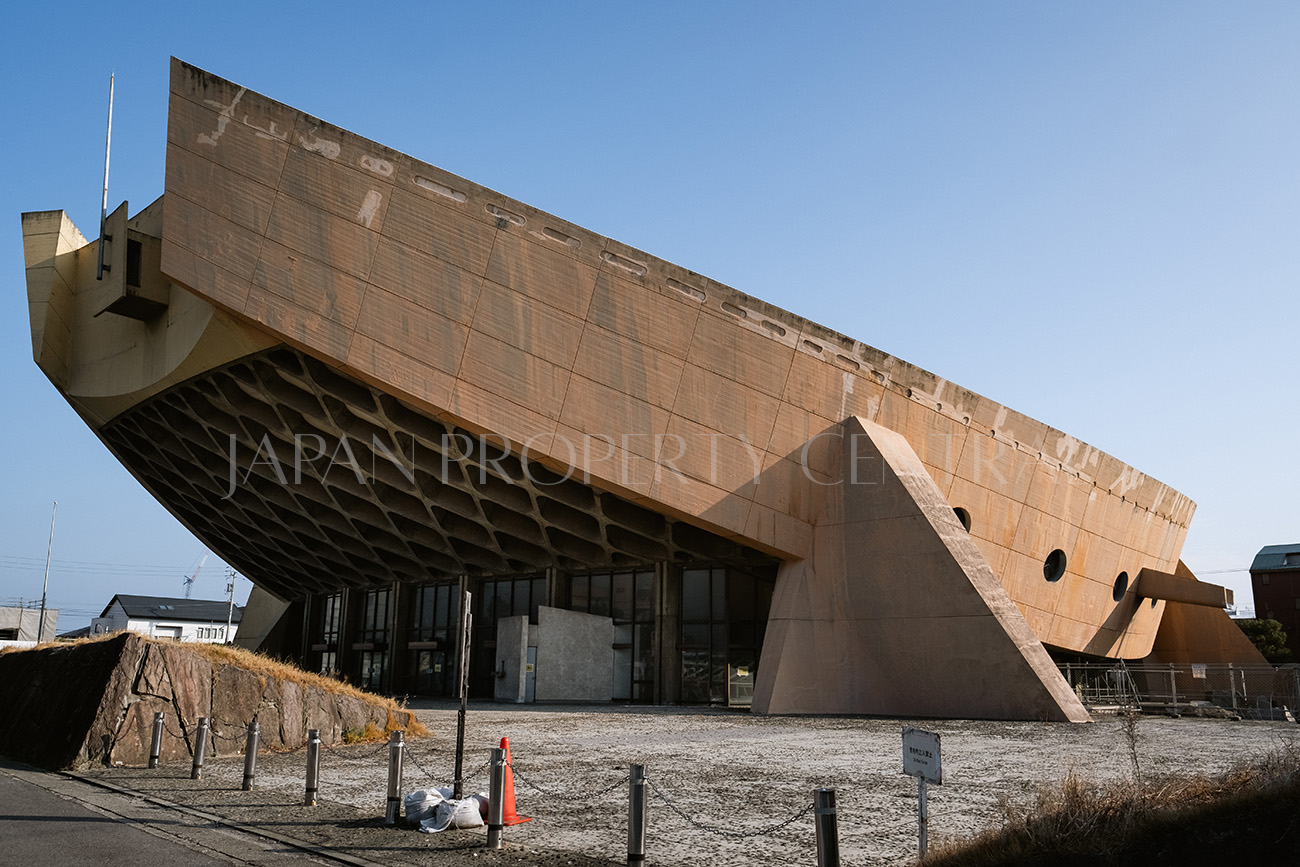Earthquake-retrofitting an unpopular choice despite government assistance
October 9, 2014Earthquake-retrofitting in JapanBuyer Beware!,Real Estate News,All,Osaka
 Not far from Shin Osaka Station is a 11-storey, 40 year old apartment building that was built to the older earthquake codes (called kyu-taishin). A member of the building owners’ association said that the building has been carefully maintained over the years with new flooring in the common areas and re-painting of the exterior walls. However, no efforts have been made to retrofit the building for earthquakes. They are also yet to conduct any official earthquake-resistant building diagnosis, although they did consult with an architect several years ago. The architect’s opinion was that retrofitting was absolutely necessary and could cost around 100 million Yen.
Not far from Shin Osaka Station is a 11-storey, 40 year old apartment building that was built to the older earthquake codes (called kyu-taishin). A member of the building owners’ association said that the building has been carefully maintained over the years with new flooring in the common areas and re-painting of the exterior walls. However, no efforts have been made to retrofit the building for earthquakes. They are also yet to conduct any official earthquake-resistant building diagnosis, although they did consult with an architect several years ago. The architect’s opinion was that retrofitting was absolutely necessary and could cost around 100 million Yen.
The building, with 100 apartments, has 90 million Yen in the repair fund. If they were to carry out retrofitting, the building management and repair fees charged to each apartment owner would have to double. The issue about retrofitting is brought up each year at the owners’ association annual meeting, but those in favour are in the minority.Read more
Residential yields and vacancy rates in Minato-ku - October 2014
October 8, 2014Rental yield in TokyoReal Estate News,Rental Market,Market Information,All,Tokyo
According to real estate listing site Homes, the average gross yield on an apartment in Minato-ku in October was 5.0%, down 0.6 points from the previous month and down 0.8 points from last year. The average gross yield across Tokyo was 6.9%, down 0.1 points from the previous month and down 0.8 points from last year.
The vacancy rate remains unchanged at 9.9% in Minato-ku and 11.0% across Tokyo.
The average asking price of a secondhand apartment in Minato-ku was 797,243 Yen/sqm as of October 1, down 0.9% from the previous month but up 15.9% from last year. The average asking price for land was 1,278,181 Yen/sqm, down 0.07% from the previous month but up 22.4% from last year.Read more
Shibuya mistakenly buys ryokan with X-rated past
October 7, 2014ShizuokaBuyer Beware!,Shizuoka,All
 Shibuya’s local government has found itself in hot water after it was discovered that a building purchased as a retreat had previously been used as a studio for filming adult movies.
Shibuya’s local government has found itself in hot water after it was discovered that a building purchased as a retreat had previously been used as a studio for filming adult movies.
The ‘Kikusuikan’ hotel is located in the hot spring town of Kawazu in Shizuoka Prefecture. The building and land was purchased by the Shibuya local government in April 2014 for 110,000,000 Yen and is scheduled to open in October. Total acquisition and renovation costs are expected to reach 228,000,000 Yen.
According to a Shibuya ward assemblyman, Kikusuikan was used as a location for 11 adult films between 2006 and 2013. City office officials, however, deny having any knowledge of this fact and were only made aware after it was reported in a weekly publication.
Taking into account the building’s ‘history’ an independent real estate appraiser valued the property at 40,000,000 Yen.
Sources:
The Asahi Shimbun, September 25, 2014.
The Mainichi Shimbun, September 24, 2014.
Tokyo apartment sales in September 2014
October 6, 2014Real Estate News,All,Tokyo

The following is a selection of apartments that were sold in central Tokyo during the month of September 2014:Read more
Nara Dreamland for sale for 730 million Yen
October 3, 2014Foreclosed Properties,Real Estate News,All

On September 25, Nara City announced that they are putting the long-since closed Nara Dreamland site up for sale with an estimated price of 730 million Yen. Bids will be opened on November 11 with final payment due on November 18.
The sale includes 297,519 sqm of land with 75 buildings including a hotel, training centre, retail spaces, the amusement park buildings and rides, and offices. The park closed in 2006 and is largely overgrown and in a state of disrepair.
Singapore developer buys Seiko Estate, plans to build luxury residences
October 2, 2014Historic properties in JapanHistoric Properties,Real Estate News,Redevelopment & Reconstruction,All,Tokyo

Singapore-based City Developments (CDL) and an US investment firm have purchased the historic and expansive estate of Seiko founder Kintaro Hattori in Shirokane for approximately 30.5 billion Yen (279 million USD).
CDL plan to develop luxury condominiums on the 16,815 sqm site and also plan to conserve the historic residence of Mr. Hattori which was built in 1933.Read more
Kenzo Tange-designed gymnasium in Kagawa at risk of demolition
October 1, 2014Kenzo TangeDemolition,Historic Properties,Real Estate News,All
 The Kagawa Prefectural Gymnasium in Takamatsu City faces possible demolition after the sports facility was closed to public at the end of September. The brutalist building was designed by famed architect Kenzo Tange (1913 ~ 2005) and completed in 1964 - the same year that the Yoyogi National Gymnasium, another design by Tange, was built.
The Kagawa Prefectural Gymnasium in Takamatsu City faces possible demolition after the sports facility was closed to public at the end of September. The brutalist building was designed by famed architect Kenzo Tange (1913 ~ 2005) and completed in 1964 - the same year that the Yoyogi National Gymnasium, another design by Tange, was built.
The 3-storey building has an arena with 1,300 fixed seats, a gym and conference rooms.Read more

